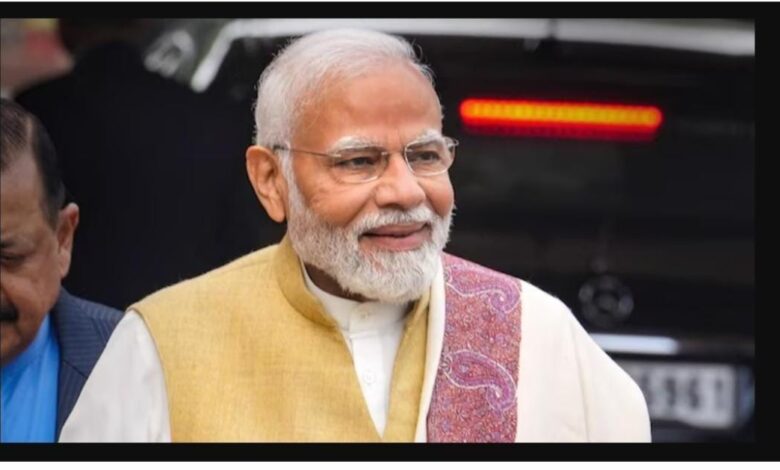
Women’s contribution to workforce, job creation will increase, Budget 2024 key takeaways
Recently Finance Minister Nirmala Sitharaman presented Budget 2024. Budget 2024 has been highly anticipated especially after Prime Minister Narendra Modi’s announcement that the last decade was only a prelude or trailer for the transformative changes expected over the next five years. The budget is structured around nine key areas, with a special emphasis on job creation, which has been a top priority for the Narendra Modi government.
The Narendra Modi government at the Center has been very clear on its priority to generate good paying jobs, setting an ambitious target of providing employment and skill training to 4.1 crore youth. In this regard, a large amount allocated in the budget for education is a strategic move with far-reaching impact on education. On the other hand focus on agricultural pursuits aims to increase productivity showing a far-sighted vision.
A more noteworthy initiative is the Employment Linked Incentive Program. In which the government will cover the customer’s share in the provident fund and the first nine months’ salary, up to fifteen thousand rupees, for new employees with EPFO. Apart from that, several schemes have been launched with the objective of promoting employment in the construction sector, which shows the government’s restraint towards this sector. The increased allocation in the budget for women in the workforce and the three per cent concession in the interest rate on education are laudable steps towards inclusive growth.
In addition, the government has launched an internship programme, which aims to provide one crore Indian youth with residential and professional experience in top 500 companies, to bridge the gap between education and employment. Micro, Small and Medium Enterprises (MSMEs) are definitely the backbone of the Indian economy. Measures such as enhancing the Budget Credit Guarantee Scheme and increasing the Mudra loan limit to Rs 20 lakh are expected to encourage entrepreneurship and innovation by providing much-needed financial support to MSMEs.
Urban development has been considered a priority area in the budget, with adequate investment of Rs 10 lakh crore proposed for water supply, sanitation and transport. Energy transformation has also been prominently included in the budget, with the launch of the Solar Rooftop Policy. In addition to this, a significant allocation of Rs one lakh crore has been made for funding research in universities, including the private sector, which shows the importance of innovation.
The budget outlines next-generation reforms in employment, land affairs and the financial sector, aimed at increasing business flexibility and attracting foreign direct investment (FDI). Budget receipts have increased to Rs 32.07 lakh crore, while the fiscal deficit, which was 5.1 per cent in the interim budget, has come down to 4.9 per cent. This decline is mainly due to growth in GDP, higher receipts and lower expenditure.
The government has split the gap between the two by keeping the long-term capital gains tax rate flat at 12.50 percent for both listed and unlisted securities. This is a major reduction in the rate of unlisted securities, which will encourage investment flow into start-ups. Lowering of taxes on gold and silver will reduce smuggling, along with increase in value added exports. Apart from that, the start-up will also get a big relief due to the removal of angel tax.

